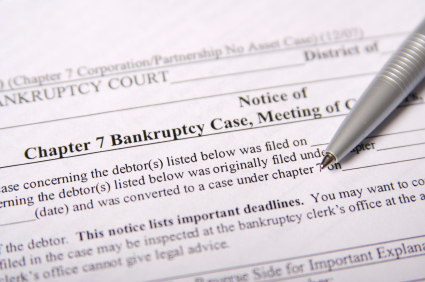Filing for bankruptcy protection can offer a form of relief for individuals facing overwhelming debt, and eventually may lead to a fresh financial start. Chapter 7 is one of the most common types of bankruptcy, and it involves assets being sold so that creditors can receive as much of the money as possible owed to them.
However, it’s important to understand that both individuals and organizations may file for Chapter 7, and the rules are slightly different for each.
What a corporation files for Chapter 7 bankruptcy protection, the business stops operations, the trustee liquidates its assets and the proceeds from sales go to the creditor and any administrative claims. Any stockholders are paid with the remaining proceeds. Most individual Chapter 7 cases, on the other hand, are “no asset,” meaning the filer has few assets to pay back creditors.
One of the most notable differences between filing for Chapter 7 as an individual versus as a business is whether the claim results in a discharge or liquidation. For individuals, the case typically ends with a discharge, in which a court ends the individual’s duty to pay off the debt. Once the discharge is granted and the case is closed, the individual has the opportunity to rebuild his or her finances in the months and years to come.
Filing as a corporation ends in liquidation, and the company almost always goes out of business. For the most part, Chapter 7 is used for businesses that have debts that are so severe that continuing to operate is no longer a viable option.
Whether filing as an individual or as a business, each Chapter 7 bankruptcy case involves unique circumstances and levels of debt. Meet with D. Max Gardner, a skilled bankruptcy attorney at 661-888-4335





